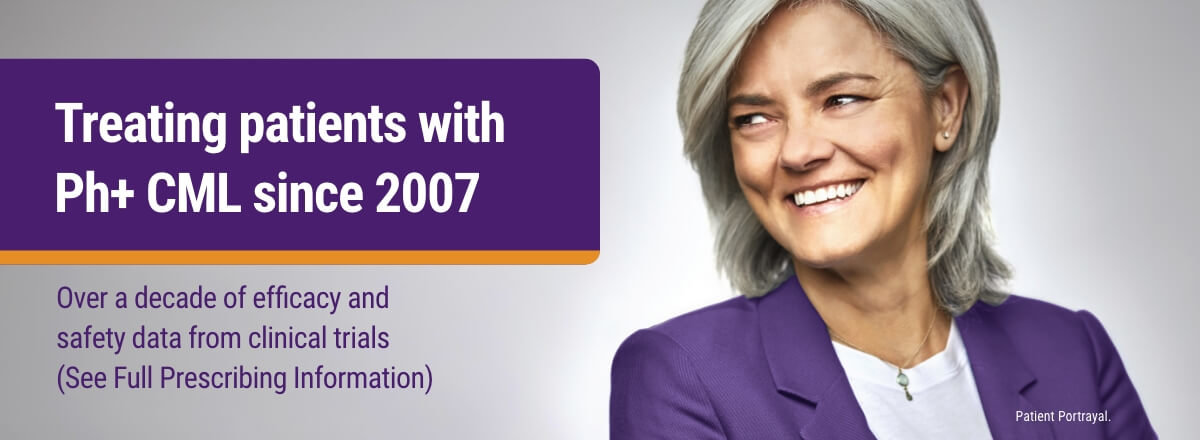Save on TASIGNA
Patients may be eligible for immediate co-pay savings on their next prescription of TASIGNA.
- Eligible patients with private insurance may pay $0 per month
- Novartis will pay the remaining co-pay, up to $15,000 per calendar year, per product*
To determine patient eligibility for the Novartis Oncology Universal Co-pay Program, call 1-877-577-7756 or visit Copay.NovartisOncology.com.
